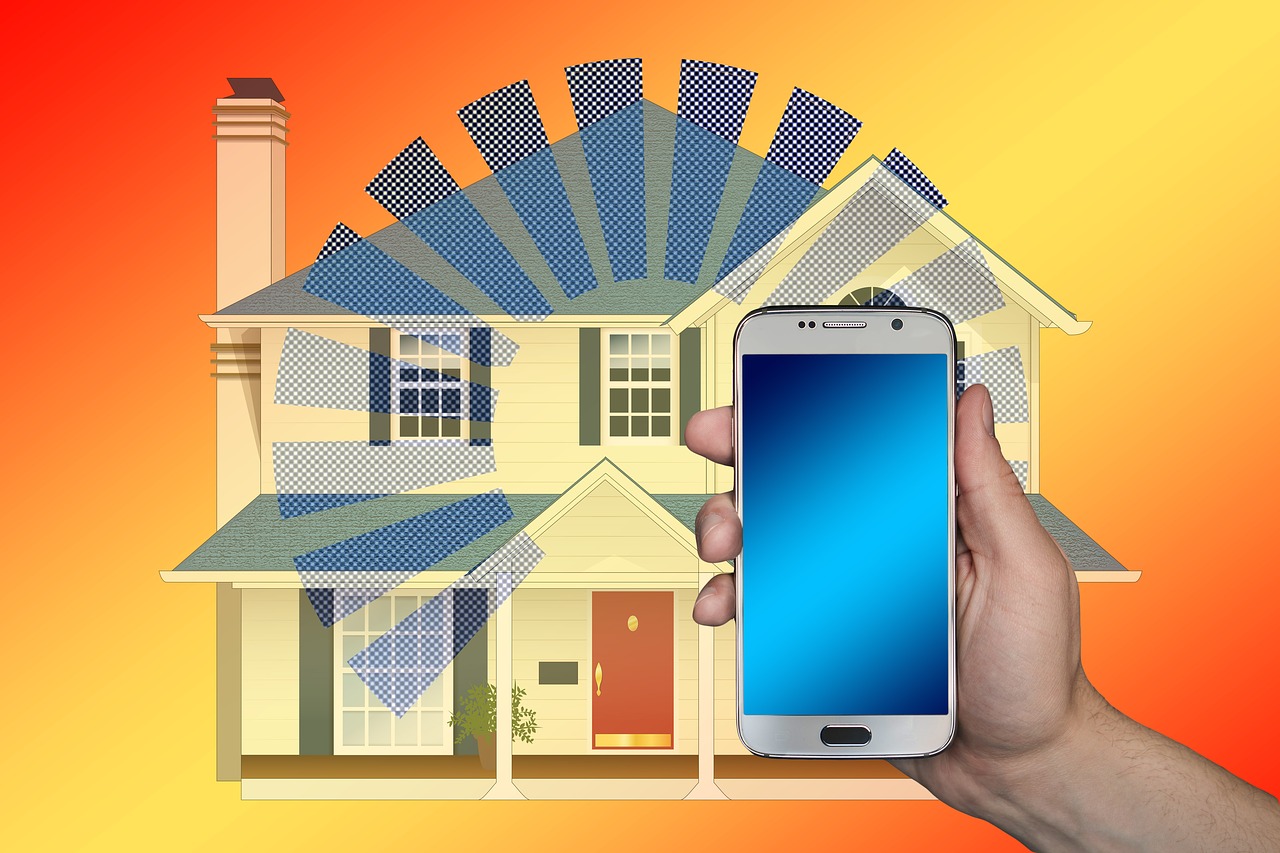Smart thermostats are an excellent investment for anyone who is looking to save money and be more energy-efficient. These devices can monitor your home’s temperature and adjust it accordingly, so you don’t have to worry about wasting energy by over-or under-cooling the house.

It also offers remote access and control so that you can turn up the heat from anywhere – even if you forgot! They are sincere to install, and they can protect you up to 30% on your energy bill.
What is required to install a smart thermostat?
Smart thermostats require a C-wire for optimal operation. If your current HVAC system doesn’t have one, some models may still work with an alternative power source – check the product manual before buying!
Other essential features of intelligent devices include humidity control (which prevents mould growth) and programmable scheduling so that it’s not necessary to adjust the temperature every day or week manually.
If you’re looking into home automation devices, there’s no better place to start than with a quality-built Z-Wave enabled thermostat. These units work well with most HVAC systems and are very easy to set up – if your current system uses an external temperature sensor (also known as C-wire).
Top reasons to install a smart thermostat
Now that we have discussed everything you need to install a thermostat, let us discover some of the major reasons to install it (in case you are still in doubt):
● Programmable schedules for your heating and cooling system so you don’t waste money on unnecessary heating/cooling during non working hours
This reduces electricity costs but can also help prevent frozen pipes if someone forgets to turn down the thermostat after leaving town. They will pay themselves back within just a few months with reduced expenses!
You can even have them turned off entirely while away on vacation. When setting up new systems, consider an option that allows for this customization instead of standard out-of-box options that require manual adjustments.
● A Smart thermostat can be combined with a programmable water heater, allowing you only to heat the necessary amount of water when in use
This saves energy and money on your heating bill! It’s also great for preventing scalding incidents since it won’t allow excess hot water from entering your home when not needed.
You must install two separate automation systems (theatre/water) for this option to work through. Only high-end units come equipped with both features at once.
Everything else will require buying extra addons or having multiple single-unit setups instead, which may cost more over time depending on how they are installed within the house wiring system.
● Many models have built-in sensors that accurately detect human presence in the room, turning up the heat or cooling down your home as necessary
This can be both a pro and con depending on what you’re looking for; it saves money by only heating/cooling when needed but also allows users to adjust temperatures themselves.
For example: if you like to sleep in a cold bedroom (or vice versa), this may not work well for you since sensors will override manual changes automatically
● Control from anywhere via mobile devices such as an iPhone or iPad is great for those who often travel due to its convenience factor
Instead of having to guess at whether they turned off their system before leaving town, they pull out their phone and make sure everything has been appropriately set again.
● Do not require any in-depth installation or maintenance work
They are relatively easy to set up and can be done by even the most minor tech-savvy users over time if needed (though there is usually an initial learning curve).
How to be careful?
It’s essential to take your time during setup, though, since it will affect how well they function for the long term; you don’t want them breaking down after only a few months due to improper wiring, etc.
The best way to avoid this is through proper research before purchasing anything online (or at all, for that matter). Always use reviews as a guide rather than just jumping into something blindly with no prior knowledge of its quality or performance history!
You also won’t have access to service/repair options should anything go wrong with the unit, which is why it’s crucial to always set up a warranty plan before installing. This way, you can evade paying for repairs yourself should something happen unexpectedly within the first year or two of use.
Conclusion
Thermostats are not the only type of automation system available online today; there are also multiple options for controlling other devices such as lighting (dimmers), sprinklers (automatic watering), and even locks/security systems!
It all depends on your personal needs, so be sure that whichever smart thermostat you install works best for your home specifically rather than trying to copy someone else’s set-up if yours isn’t working well long term.



 Bitcoin
Bitcoin  Ethereum
Ethereum  Tether
Tether  XRP
XRP  Solana
Solana  USDC
USDC  TRON
TRON  Cardano
Cardano  Lido Staked Ether
Lido Staked Ether  Avalanche
Avalanche  Toncoin
Toncoin